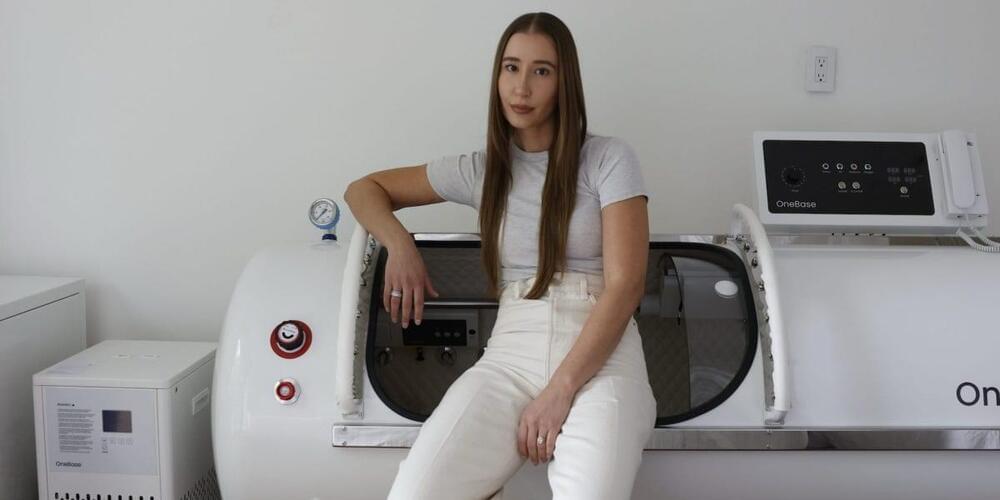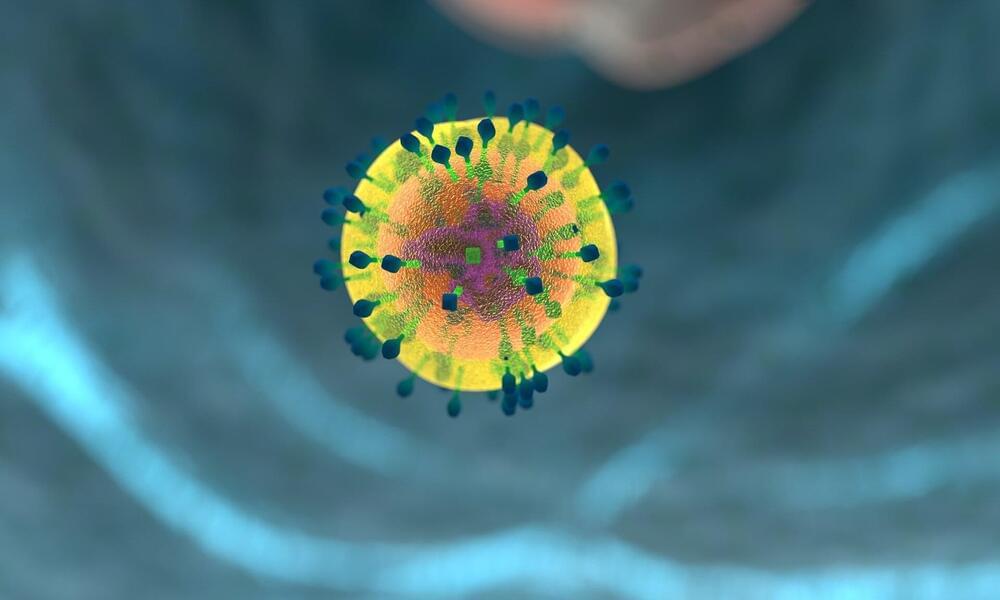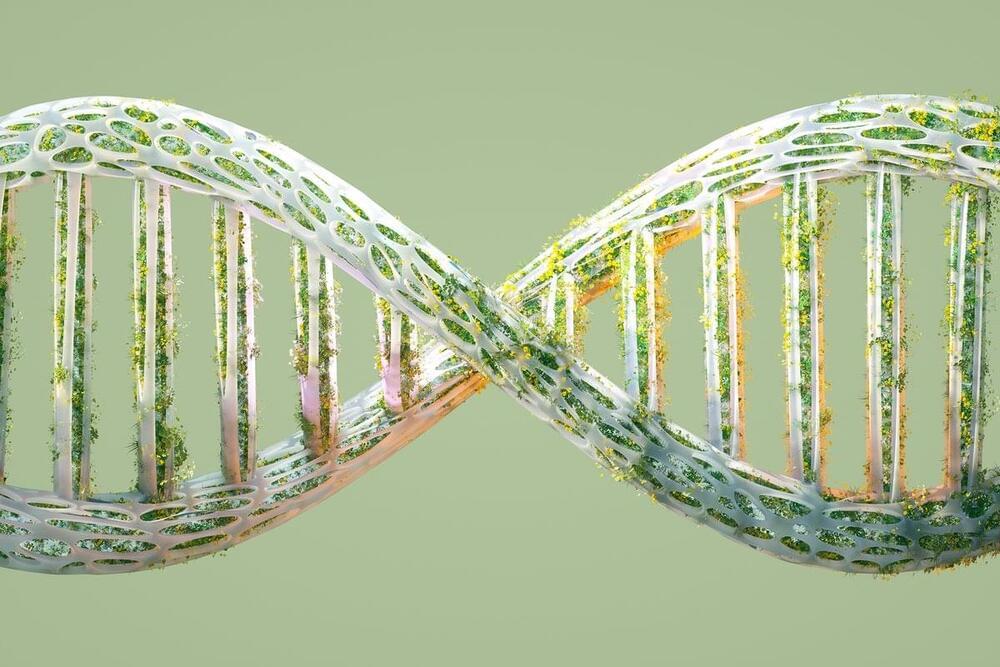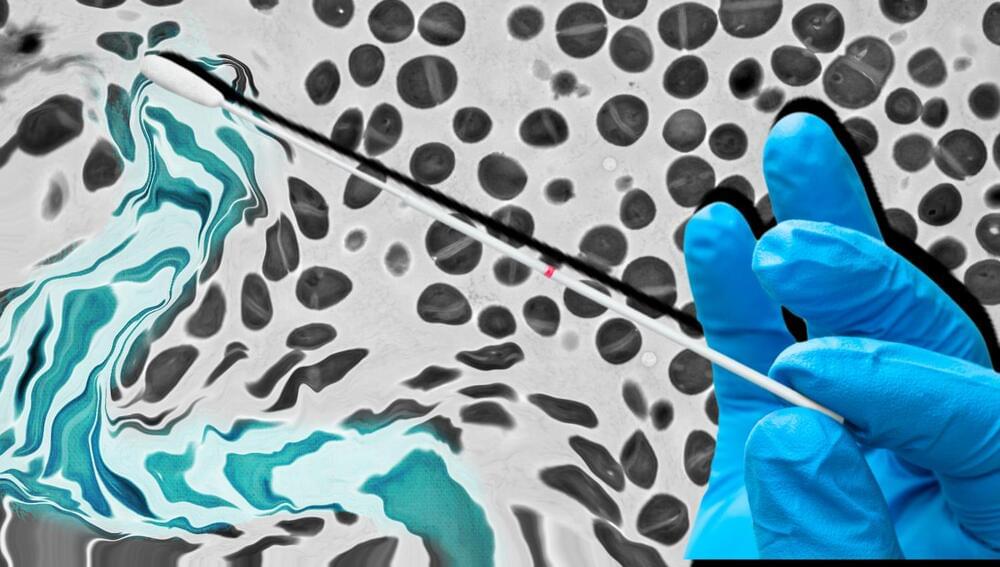Bioconvergence — Bridging Science And Nature To Shape Tomorrow — Dr. Nina Siragusa Ph.D. — Merck KGaA, Darmstadt, Germany
#NinaSiragusa #MerckGroup #Darmstadt.
Dr. Nina Siragusa, Ph.D., MBA, is the Strategy, Business, and Data & Digital Lead within the global R&D organization of Merck Healthcare KGaA, Darmstadt, Germany. In this role, she leads strategic projects, manages business operations, and drives digital transformation.
Previously, she served as Chief of Staff to Dr. Laura Matz, Chief Science and Technology Officer at Merck KGaA, Darmstadt, Germany. As part of the Science and Technology Office Leadership Team, she was responsible for fostering cross-sectoral collaboration, innovation, and digitalization across Merck’s three business sectors. She also spearheaded the company’s efforts in Bioconvergence, a multidisciplinary approach that synergizes biology, engineering, data, and digitalization. This initiative promises groundbreaking advancements in healthcare and the life sciences, heralding a new era of scientific collaboration for a healthier, more sustainable future.
Prior to that, Dr. Siragusa contributed to corporate innovation in several leadership roles:






